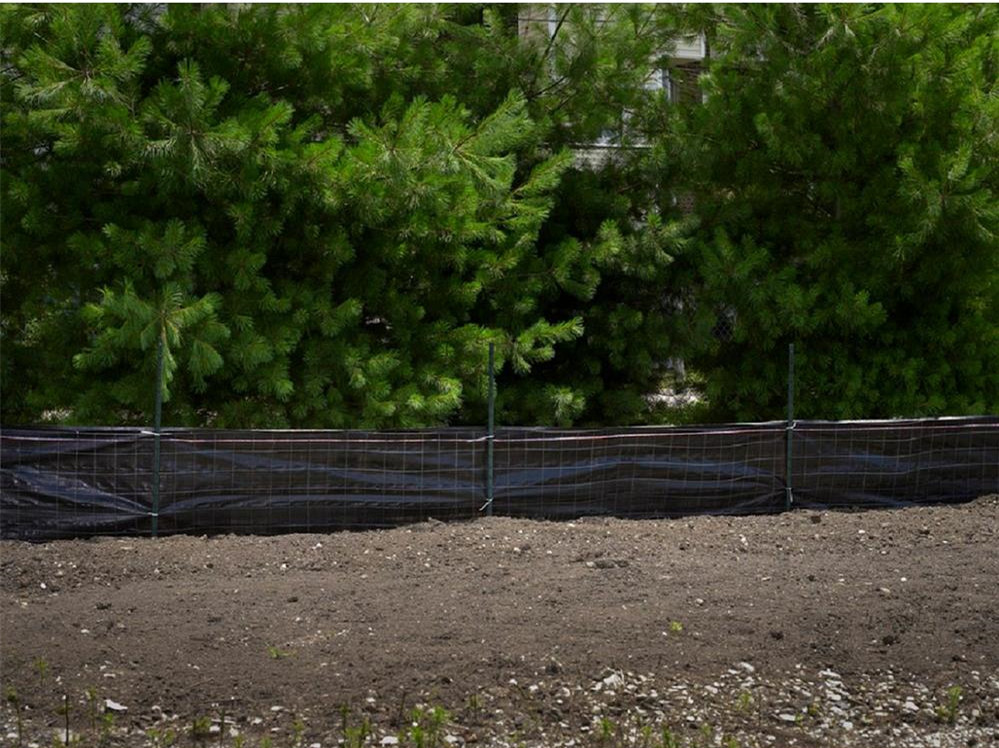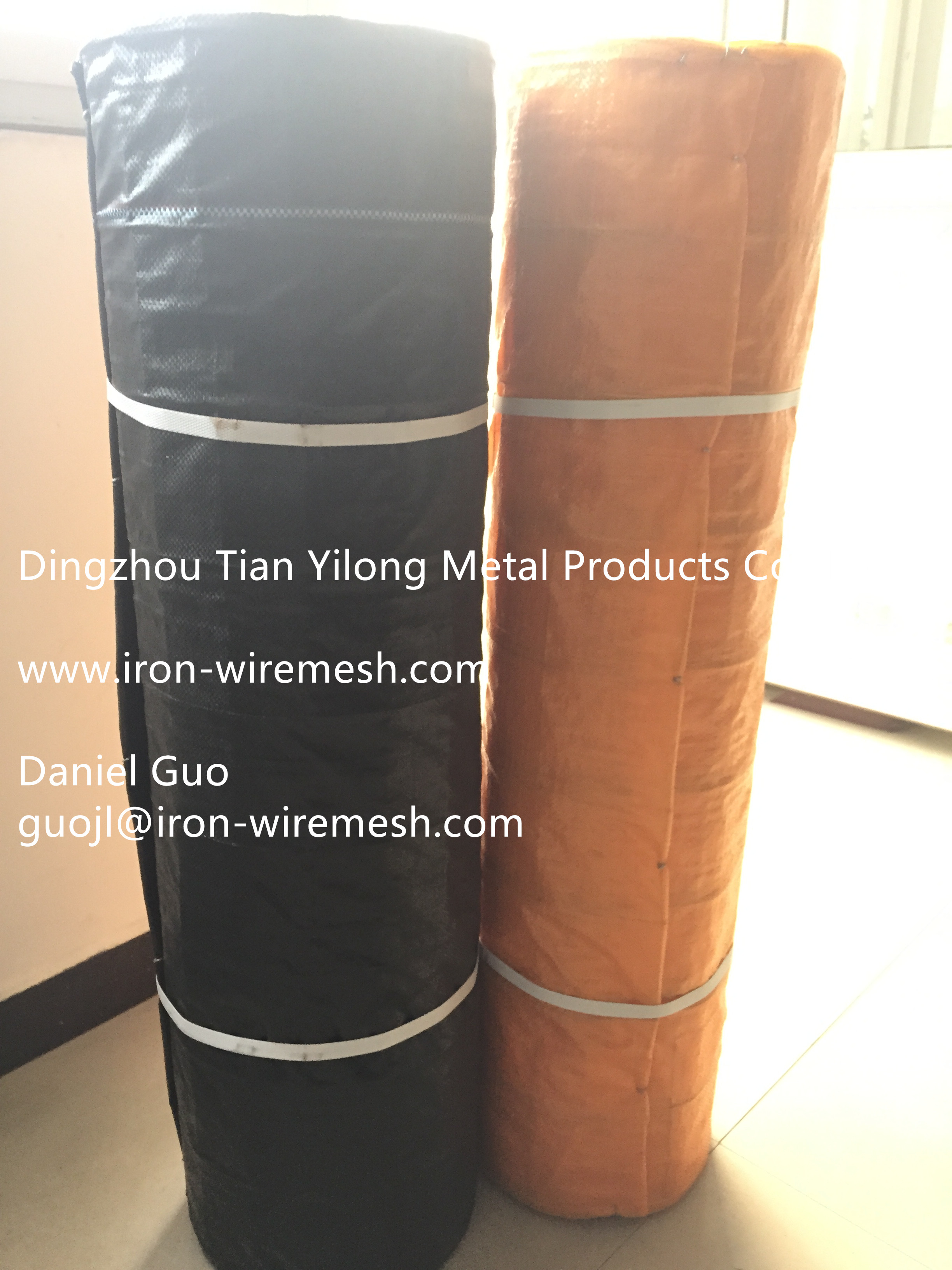Q: The minimum temperature drops to 7 °C. Can the rice still grout after the temperature rises? Does irrigation and insulation still have a role?
A: When the temperature is lower than 17 °C, the photosynthetic product (sugar) in the rice leaves is difficult to transport to the panicle. The grain filling that has completed the initial grouting will be stopped, but the temperature will rise above 17 °C, and the grain usually recovers the grout. After the grouting is stopped and resumed several times, the grouting will be terminated and no grouting will be carried out. It should be noted that when the temperature is lower than 12 °C, the physiological metabolic activities of rice tissue cells may be disordered, and physiological obstacles may occur, which have adverse effects on rice leaves, branch stem survival and grain filling. The lower the temperature, the longer the duration and the greater the impact.
According to the weather forecast, Su Shi will have a strong cooling at the end of October, and the lowest temperature in Huaibei will drop to around 7 °C. In addition, the temperature of the weather forecast refers to the temperature in the 1.5 m high temperature measuring box of the open area meteorological department. The cold air in the north drops south, and the lowest temperature near the ground will be lower than this temperature. When the minimum temperature of the weather forecast reaches 7 °C, the minimum temperature near the ground may be only 2 °C or even lower. Rice is not resistant to low temperature. Under such low temperature conditions, especially when the low temperature lasts for a long time, the physiological and metabolic activities in the body will be seriously affected. Not only the grain filling will be stopped, but also the leaves are easy to yellow, and the photosynthetic capacity is greatly reduced. It is difficult to recover, and ultimately has a large adverse impact on rice grain filling and fruiting.
The greater risk is that the temperature drop at the end of the year and the accompanying weather conditions may cause a greater hazard to the planting of the rice seedlings and the rice transplanted rice, which is currently in the yellow ripening stage to the waxy stage. Different physiological water shortage or physiological dryness. From the historical information, the lowest temperature from the yellow ripening stage to the waxy maturity period is lower than 13 °C, and the risk of physiological dryness is greater. Once severe physiological dryness occurs, the yield and quality of rice will decrease significantly.
For these rice, it is recommended to establish a deeper water layer insulation for the water rich in oxygen and higher temperature in the field before the onset of low temperature, and try to avoid the rice rhizosphere temperature falling below 17 °C, which is not only beneficial to prevent physiological green It is dry, and it is conducive to maintaining the microclimate temperature in the field, maintaining rice grouting and shortening the time of rice grouting stoppage, which is conducive to the recovery of grain after the grain temperature rises.
From the recent situation, the cooling in late September has caused a large area of ​​rice to have different physiological water shortages, and there are phenomena such as leaves, branches, and early collapse of the hull. Most of these rice roots are not very strong, and it is more prone to physiological dryness when the temperature is lowered at the end of October. Coastal areas such as Binhai, Dafeng, Dongtai, Sheyang and Suining have many soils with strong sandy soil and shallow root distribution. The rhizosphere soil temperature at the surface is prone to decrease, the root activity is easily lost, and physiological water shortage and dryness are prone to occur. For these fields, special attention should be paid to measures such as deep water insulation and root protection to keep rice and avoid serious yield losses.
If there is continuous rain after the cooling, pay attention to the harvest before the rain. According to the weather forecast, in the middle of October, most areas of Susong had three to four days of rainy weather. Once the rice has fallen back and forth around the 10th, it will be troublesome if it rains again.
The large-scale frontal rain formed by the cold air southward, the continuous continuous rainy weather formed by the intersection of cold and warm air, is relatively easy to predict and forecast, and the forecast accuracy is high. There is rain in the local area of ​​the weather forecast, and rain does not necessarily mean it. If there is a large range of rainfall or continuous rain, there will be basically rainy weather, with more rain and more rainy days.
Q: My rice can be harvested around October 15th. Will the green dryness affect the output?
A: Physiological dryness of rice is caused by severe physiological water shortage in rice plants. The water absorption capacity of rice roots decreased under low temperature conditions, while the upper and lower stems and leaves transpiration and water loss in sunny days. When the water loss was greater than the water absorption, the rice plants would be physiologically deficient in water. In severe cases, the whole plant of rice would die quickly, and the green parts of leaves and so on. It is quickly dry and blue-white, and the stems are wilted due to dehydration and are prone to lodging.
In the late stage of rice filling, the harvest time is not long. When it is less than 10 days, the leaves are usually aging, and the transpiration loss will be reduced. On the contrary, the stalks will be seriously dehydrated and the whole plant will be dry and lodging. Therefore, it is generally no longer necessary to prevent physiological dryness by means of irrigation and heat preservation, so as to avoid the impact of harvesting and post-breeding wheat.
According to the weather forecast information, at the end of October, there will be a strong cooling in various parts of the Susong area, especially in the northern part of the country. The minimum temperature will drop to around 7 °C, and the low temperature will last for a long time. Under such weather conditions, the risk of physiological dryness in rice in the yellow ripening stage and the waxy ripening stage is high. After the low temperature, some areas have rain and rain, which may adversely affect rice harvest.
It is expected that the rice that can be harvested on October 15 will have a certain impact on the graining if it is cooled at the end of the first year and has a certain physiological water shortage, which will have a certain impact on rice yield and quality. If you fall down and even encounter rainy weather, it will increase the difficulty of harvesting and the cost of harvesting, and the loss of rice harvest will be relatively large. It is recommended to collect before the rain, as appropriate, depending on weather conditions. If it is postponed to harvest after the rain, measures should be taken as appropriate to prevent severe physiological dryness and lodging of rice.
More pesticide encyclopedia, please pay attention to China Pesticide Network
(Source: Zhongnong Lihua Original Medicine)
Wire Backed Silt Fence (WBSF) is constructed with a three or four feet high wire scrim, covered with a woven poly propylene filter fabric. The galvanized steel scrim supports the fabric in an upright position even under substantial loads of silt and water. A fabric apron extending beyond the wire is also available.


Features & Uses
ŸMaterials: Galvanized Welded Wire Mesh with fabric 100%PP
ŸColor: Black, Orange
Uses: Erosion control, Silt control at construction sites, Required in some jurisdictions
Benefits
A more robust silt fence
ŸUV resistance
ŸCan hold more silt before it needs to be cleaned
ŸCan double as a safety fence around a job site
ŸEasily attached to existing wire site fences
Specification
|
Wire mesh
|
Fabric
|
|
Heght
|
Length
|
Opening
|
Wire (AWG)
|
Height
|
Weight
|
|
36''
24''
|
100'
|
4'' x 4''
4'' x 2''
|
12 Gauge
14 Gauge
|
48''
36''
|
50 gsm
70 gsm
90 gsm
100 gsm
|
Wire Backed Silt Fence
Wire Mesh Silt Fence,Wire Backed Silt Fence,Woven Wire Fence
DINGZHOU TIAN YILONG METAL PRODUCTS CO., LTD. , https://www.wiremeshsolution.com


![<?echo $_SERVER['SERVER_NAME'];?>](/template/twentyseventeen/skin/images/header.jpg)